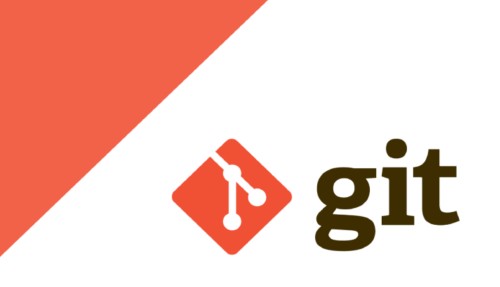Git is a version control system for tracking changes in computer files and coordinating work on those files among multiple people. It is primarily used for source code management in software development, but it can be used to keep track of changes in any set of files. With Git, developers are able to easily collaborate on projects, track changes over time, roll back changes in case of emergency, and easily share their work with others.
It works by creating a series of snapshots of a project at different points in time. Each snapshot contains the contents of all the project’s files at the time it was taken. When someone wants to start working on a new feature, they first copy the most recent snapshot (called a “branch”) and add their changes to it. When the feature is complete, their branch is merged back into the “main” or “master” branch. This allows other developers to immediately see their changes without waiting for them to push their code to a remote repository.
Git also has many features designed to make collaborative work easier. It supports distributed development, allowing developers to work entirely offline if they need to and still be able to contribute to the project. It also makes it easy to view and compare the changes made to a project over time, as well as to merge conflicting changes made by different developers.
Git is available on many platforms and comes pre-installed on many popular IDEs such as Visual Studio Code and IntelliJ. It is also open source, allowing anyone to contribute to its development.
Overall, Git is an incredibly powerful and popular version control system that is used by millions of developers every day. It has become an essential part of the modern development workflow and is an invaluable tool for any team looking to collaborate and build great software.




